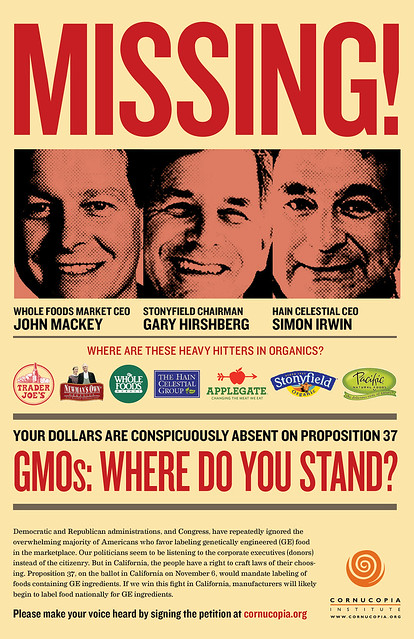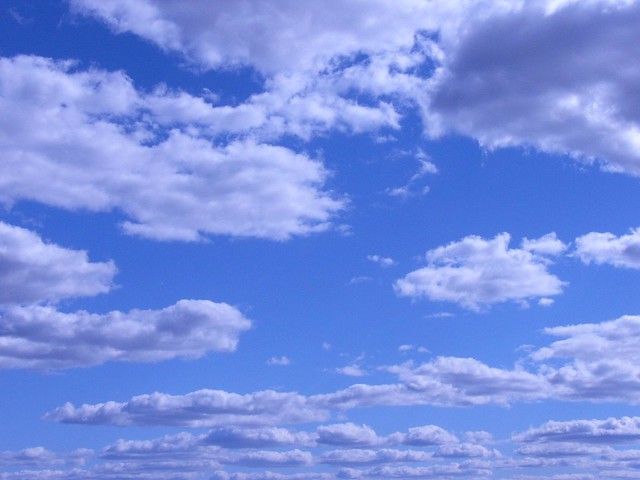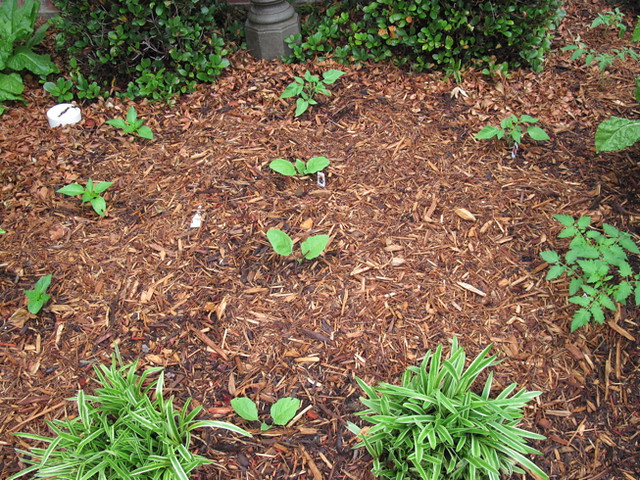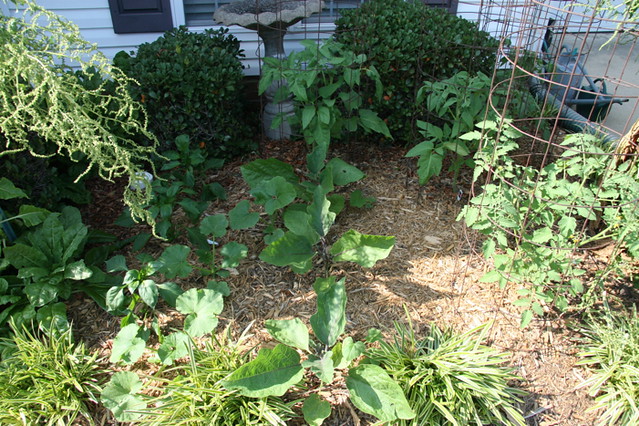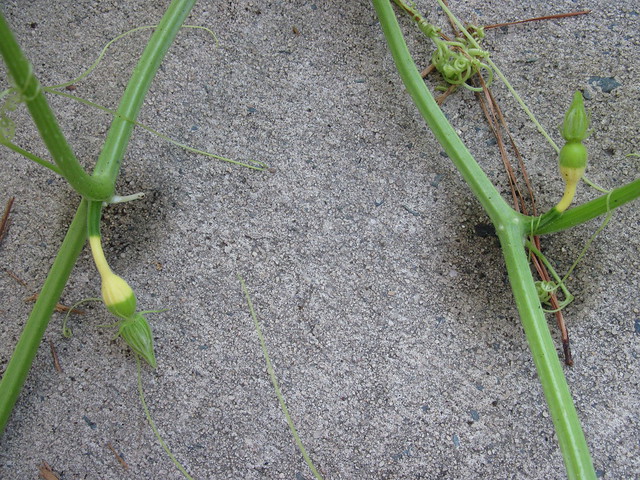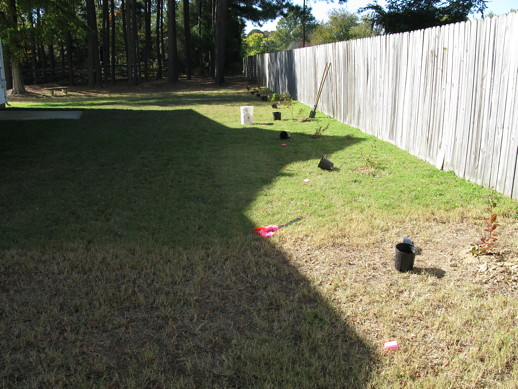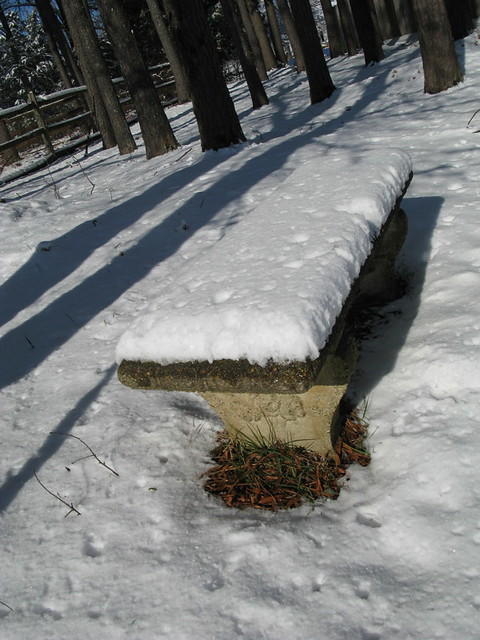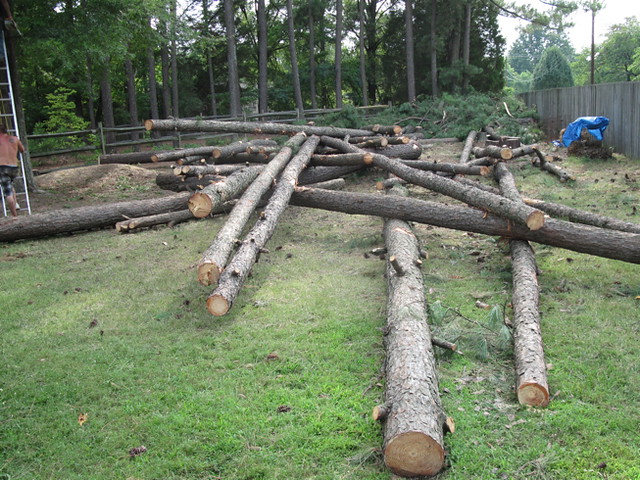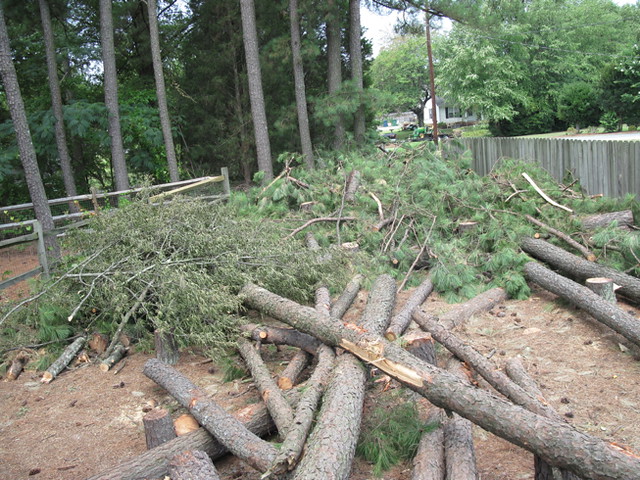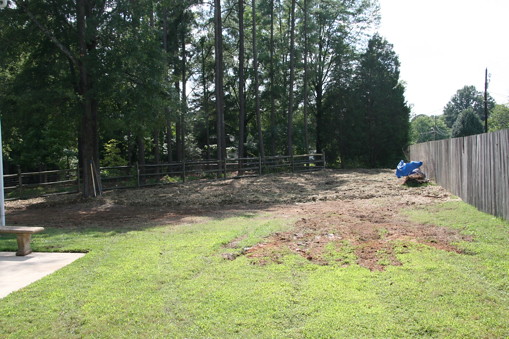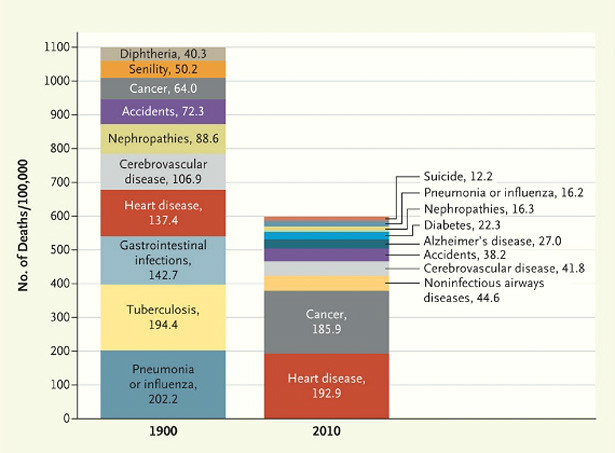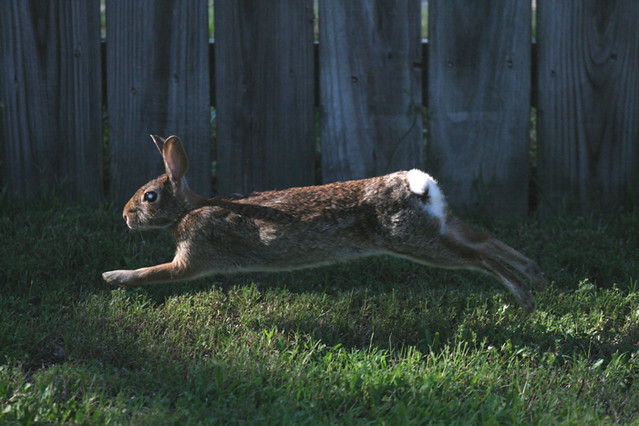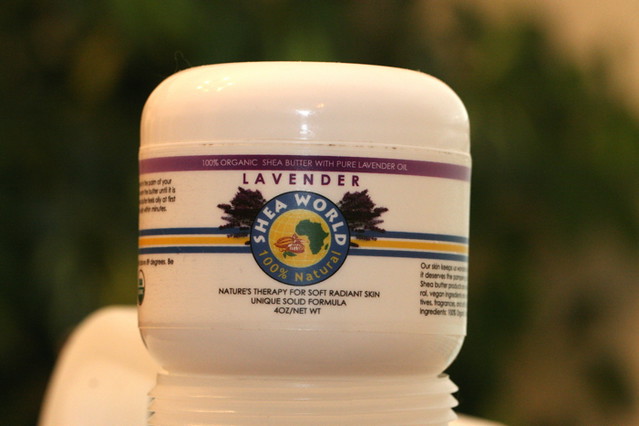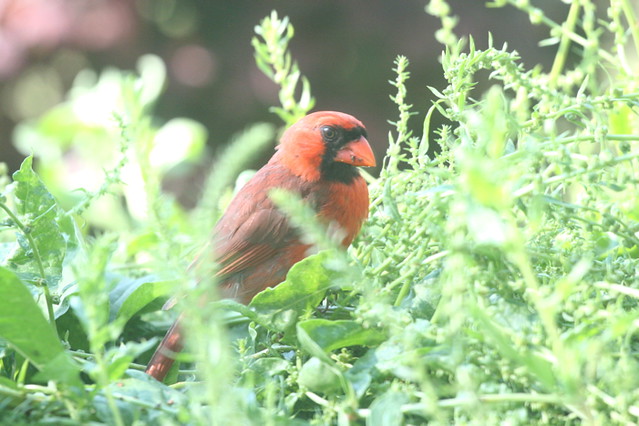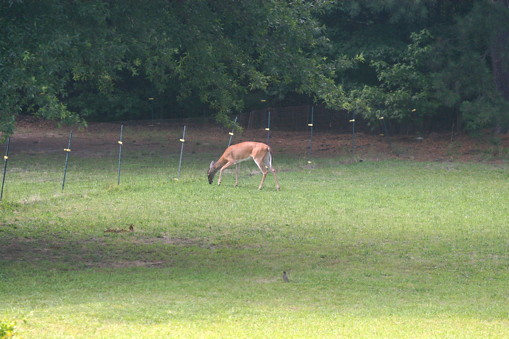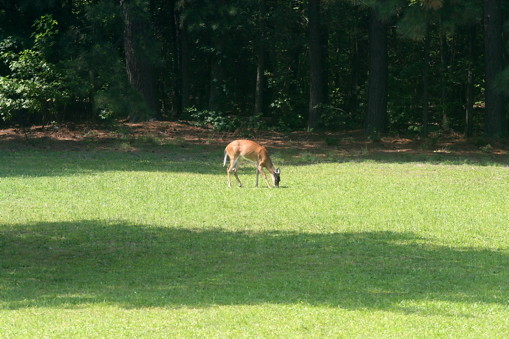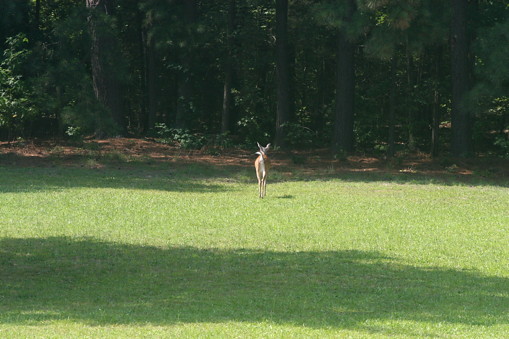Saturday, November 17, 2012
Country Come to Town
Wednesday, October 17, 2012
Great Video
Friday, September 21, 2012
The Fallacy of Redistribution
Dr. Sowell, author of more than 30 books on history and economics, has the perspective that our president seems to lack. If you have any inclination to vote again for this president, I encourage you to read this short piece (and others) by Dr. Sowell. (This is not a pro-Romney article. It is an article about the lack of historical perspective relative to one of Obama's stated goals.)
Dr. Sowell's article is here.
Tuesday, September 18, 2012
Why Don't They Run Into Each Other?
Kruidenier Cadillac
Monday, September 17, 2012
Whole Foods, Trader Joe's, and Others Are M.I.A.
Frankinfoods
 This week only (or perhaps they'll extend it) you can watch online a new documentary movie on the dangers of GMO/GE foods. Genetic Roulette contains the testimony of numerous scientists, doctors, farmers, and others on the increasingly abundant evidence of the impact of genetically altered foods—ESPECIALLY on children.
This week only (or perhaps they'll extend it) you can watch online a new documentary movie on the dangers of GMO/GE foods. Genetic Roulette contains the testimony of numerous scientists, doctors, farmers, and others on the increasingly abundant evidence of the impact of genetically altered foods—ESPECIALLY on children.Thursday, September 6, 2012
BMI, Meet WHR
 (Narcissistic disclaimer: No, that's not a picture of me.)
(Narcissistic disclaimer: No, that's not a picture of me.) Tuesday, September 4, 2012
Often Wrong But Never in Doubt
Monday, September 3, 2012
What Year Is It?
Wednesday, August 29, 2012
What a Way to Go
Thursday, August 23, 2012
Good for Them
Tuesday, August 14, 2012
Friday, August 10, 2012
Go Nuts
Thursday, August 9, 2012
Financial Calculators
Wednesday, August 8, 2012
The Sinking Ship U.S.S. America
Wednesday, August 1, 2012
Eye Candy
Monday, July 30, 2012
Rise in Popularity of Vegan Diet
Sunday, July 29, 2012
The Dust of His Feet
Friday, July 27, 2012
Selective Biases
Thursday, July 26, 2012
How Not to Die
Wednesday, July 25, 2012
Risk, Fear, and Worry
 Seth Godin has the enviable skill of seeing things clearly and describing them plainly. I found his description of risk, fear, and worry particularly helpful. (Original on his blog.)
Seth Godin has the enviable skill of seeing things clearly and describing them plainly. I found his description of risk, fear, and worry particularly helpful. (Original on his blog.)They're not the same.
Risk is all around us. When we encounter potential points of failure, we're face to face with risk. And nothing courts risk more than art, the desire to do something for the first time--to make a difference.
Fear is a natural reaction to risk. While risk is real and external, fear exists only in our imagination. Fear is the workout we give ourselves imagining what will happen if things don't work out.
And worry? Worry is the hard work of actively (and mentally) working against the fear. Worry is our effort to imagine every possible way to avoid the outcome that is causing us fear, and failing that, to survive the thing that we fear if it comes to fruition.
If you've persuaded yourself that risk is sufficient cause for fear, and that fear is sufficient cause for worry, you're in for some long nights and soon you'll abandon your art out of exhaustion. On the other hand, you can choose to see the three as completely separate phenomena, and realize that it's possible to have risk (a good thing) without debilitating fear or its best friend, obsessive worry.
Separate first, eliminate false causation, then go ahead and do your best work.



